Which is the origin of Roscón de Reyes tradition?
It’s famous for being the Christmas favorite sweet, but not everyone knows why it’s eaten. So, what is the origin of Roscón de Reyes tradition?
INDEX:
Which is the origin of Roscón de Reyes tradition?
Although it is not originally from the Middle East nor brought by the Three Wise Men on their camels, nobody doubts the importance of this sweet during the first days of January. It doesn’t matter if you prefer sweet or savory, in Spain, everyone has tried it at some point in their lives. But, which is the origin of Roscón de Reyes tradition? Today we’ll shed some light on it, so don’t miss it!
What Roscón de Reyes is?
Roscón de Reyes is a pastry made with a sweet toroid-shaped dough decorated with colorful candied fruit slices representing the jewels of a crown. Although people traditionally filled them with whipped cream or custard, new variants appeared in the last years. Such as pistachio, chocolate, or Lotus cream.
There are surprises inside, usually ceramic or plastic figures, which diners may find while eating the Roscón. However, its most outstanding characteristic is the presence of a dried bean inside it. Tradition says that whoever finds it must pay for it.
Usually eaten on January 6, known as Día de Reyes, it is not uncommon to find it on the following days of Christmas.
Which is the origin of Roscón de Reyes tradition?
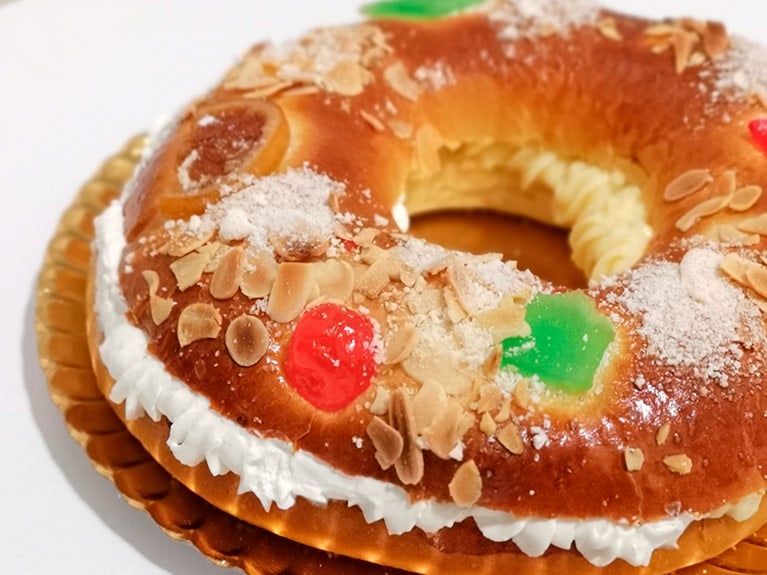 Regardless of its name and the fact that it is a Christmas sweet, its origins have nothing to do with the Nativity of Jesus and the arrival of the Three Wise Men. To find the source of Roscón de Reyes tradition, we must go back to the 2nd century B.C. in Ancient Rome. In mid-December, after farm work was over, the festivities known as “Saturnales” (in honor of Saturn, god of agriculture and harvests) were held to celebrate the end of the darkest period of the year.
Regardless of its name and the fact that it is a Christmas sweet, its origins have nothing to do with the Nativity of Jesus and the arrival of the Three Wise Men. To find the source of Roscón de Reyes tradition, we must go back to the 2nd century B.C. in Ancient Rome. In mid-December, after farm work was over, the festivities known as “Saturnales” (in honor of Saturn, god of agriculture and harvests) were held to celebrate the end of the darkest period of the year.
This celebration was so important that even the slaves were excused from any work and could idly spend those days. A honey-based cake with some dried fruits, dates, and figs was one of the many foods people prepared for the celebration. This dessert quickly became one of the most popular of the festivity.
Experts estimate that the famous bean was probably first introduced in the 3rd century. At that time, it was considered a symbol of prosperity and fertility. So, whoever found it could expect a prosperous year.
After Roman Empire declared Christianity as the official religion, pagan celebrations (including “Saturnalia”) gradually disappeared. But certain practices remained. For instance, to eat the cake that contained the bean. As the years went by, it acquired a ring-shaped cake form.
What about the present time? Why does Roscón de Reyes tradition say people must eat it on January 6?
Leaving aside Ancient Rome, we move on to France in the 11th century, where part of the ancient traditions took up again in a festivity known as the “King of the Bean.” During this festival, each village offered a sweet bun to the poorest children to celebrate the Epiphany. The lucky one who found the bean received all kinds of gifts. Eventually, this tradition spread to the aristocracy. Families would gather to eat a Roscón and determine who was fortunate enough to locate the precious bean and preside at the dinner table as a reward.
However, the tradition did not acquire its current format until the 18th century. The story tells how a cook introduced a gold medallion in a Roscón as a reward to please little King Louis XV. That resulted in no one wanting the bean, leading to the famous duality of reward and punishment. Eventually, a ceramic figure replaced the coin.
Nowadays, while the person who finds the bean is the one who has to pay for the cake, the one who gets the figurine wins the right to wear the crown that often accompanies the Roscón de Reyes.
Now you know the origin of the Roscón de Reyes tradition, do you want to try one of the best in Madrid?
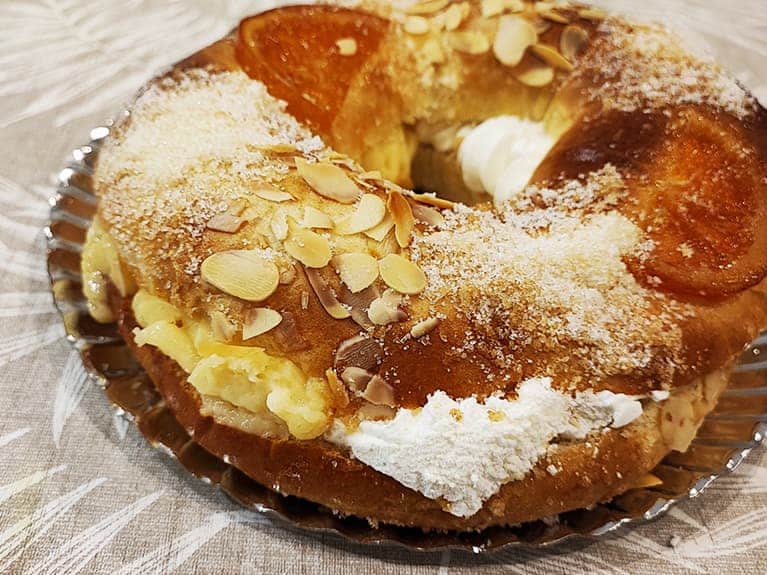 During the first days of January, sales of these sweets increase exponentially. Although many people still opt to buy them in supermarkets, artisan Roscones are becoming increasingly popular. That’s not surprising at all! Once you try them, you will quickly notice the difference, so you will not want an industrial one again. And if we talk about artisan bakeries, La Hogaza deserves a special mention.
During the first days of January, sales of these sweets increase exponentially. Although many people still opt to buy them in supermarkets, artisan Roscones are becoming increasingly popular. That’s not surprising at all! Once you try them, you will quickly notice the difference, so you will not want an industrial one again. And if we talk about artisan bakeries, La Hogaza deserves a special mention.
The bakery is run by the master baker and pastry chef Ireneo Marciniak who began his career in 1985 in a small Polish town called Boleslawiec. After finishing his degree as a bakery official, he moved to Spain with a clear idea: to open his own business. Today, he has four bakeries in Madrid.
We visited the one located in Chueca. So, if you also want to do it, below you will find its location to find it more easily.
This small bakery located close to the Chueca Metro station does not stand out for wide showcases or extravagant decorations that only attract people looking for a photo. Here, the only things that matter are bread and pastries. Although, during the first days of the year, the most requested product in this store is its delicious Roscón de Reyes. They have many different sizes and fillings, including cream, cream, truffle, pistachio cream, Nocilla, etc.
A delicious Roscón de Reyes
In our case, we ordered a 125-gram Roscón de Reyes for two people. At first, we were surprised by its compact appearance and the quantity of filling it contained. The cream and custard practically came out of the edges! Another thing that caught our attention was that it had a small amount of candied fruit on top. But, to be honest, we didn’t mind too much because we are the kind of people who remove them all the time.
Though it may appear the contrary, this is a light roscón in which cream and custard do not impede you from enjoying the flavor of the dough and the sugar. While the former has a smooth texture, the latter is sweet but not cloying. In addition, it has a very subtle citric touch that surprises and makes it addictive. In short, this Roscón de Reyes is excellent!
KEEP IN TOUCH?
Don't you find the recipe you are looking for? Do you have any suggestion? Do you want to tell us something? Don't be shy! Write us and we'll give you an answer as soon as we can

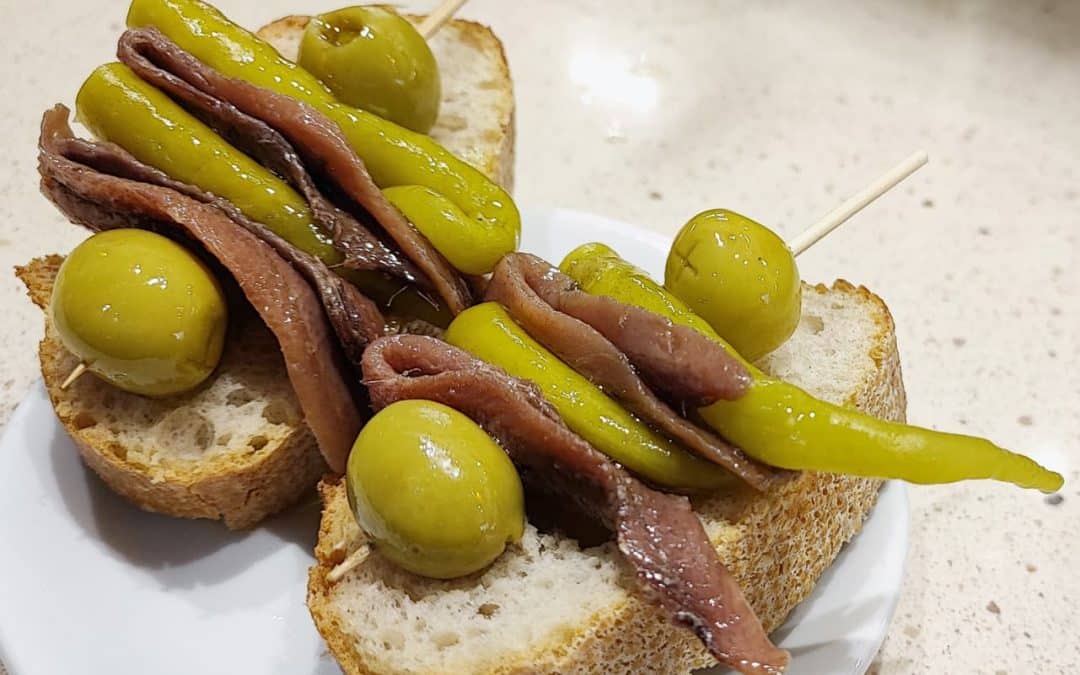

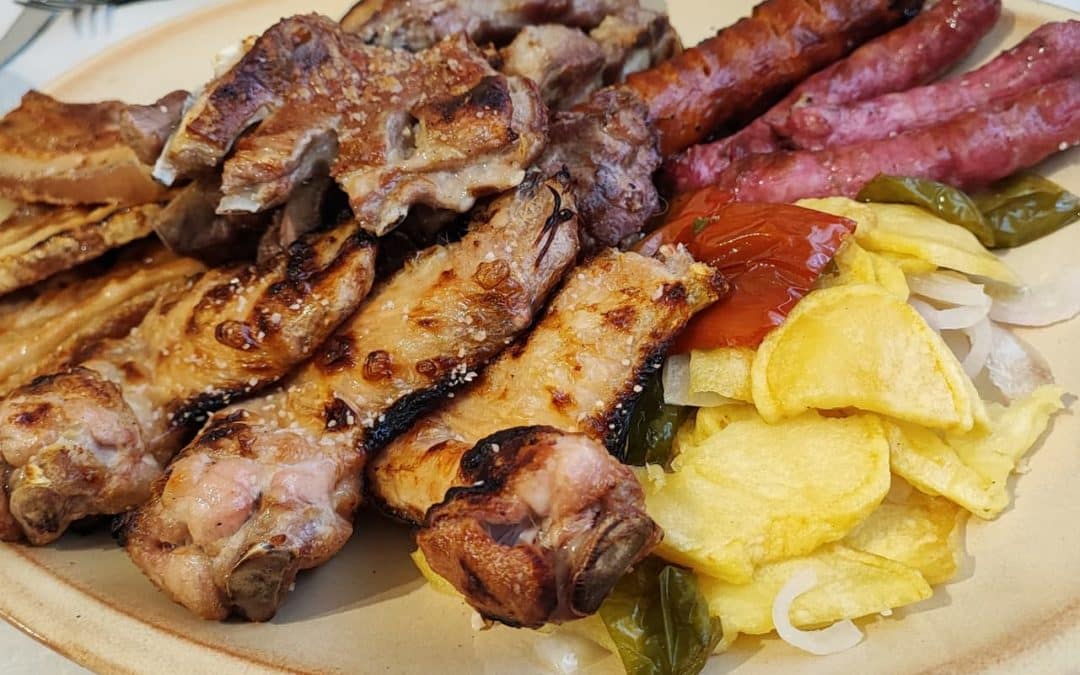
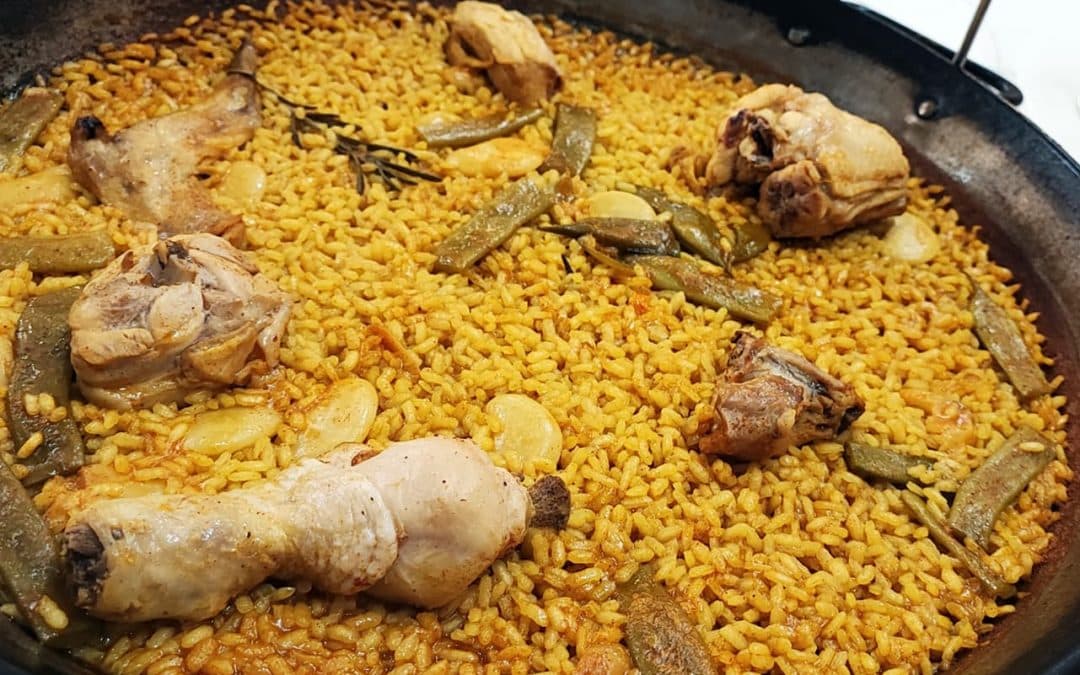




Trackbacks/Pingbacks